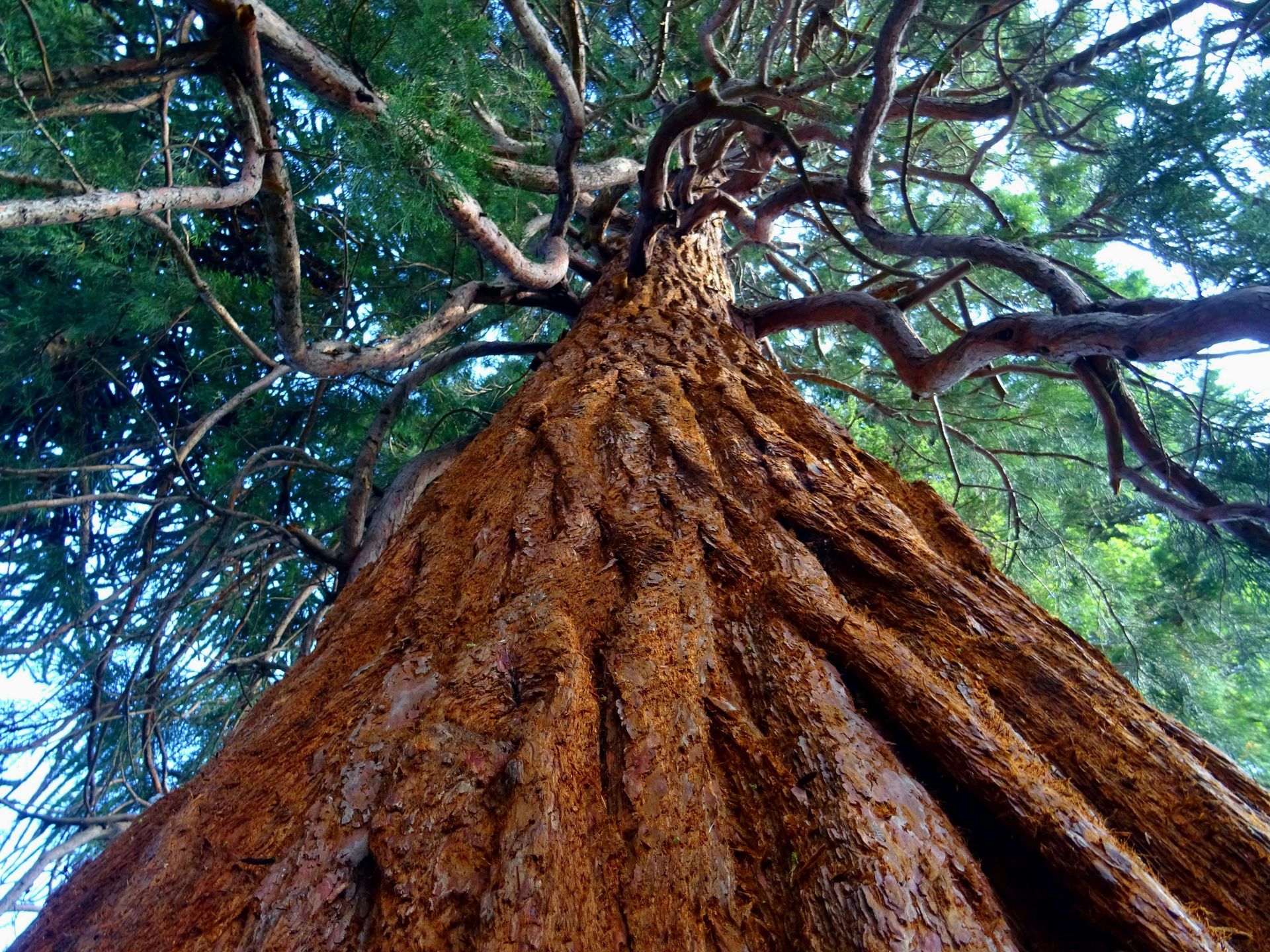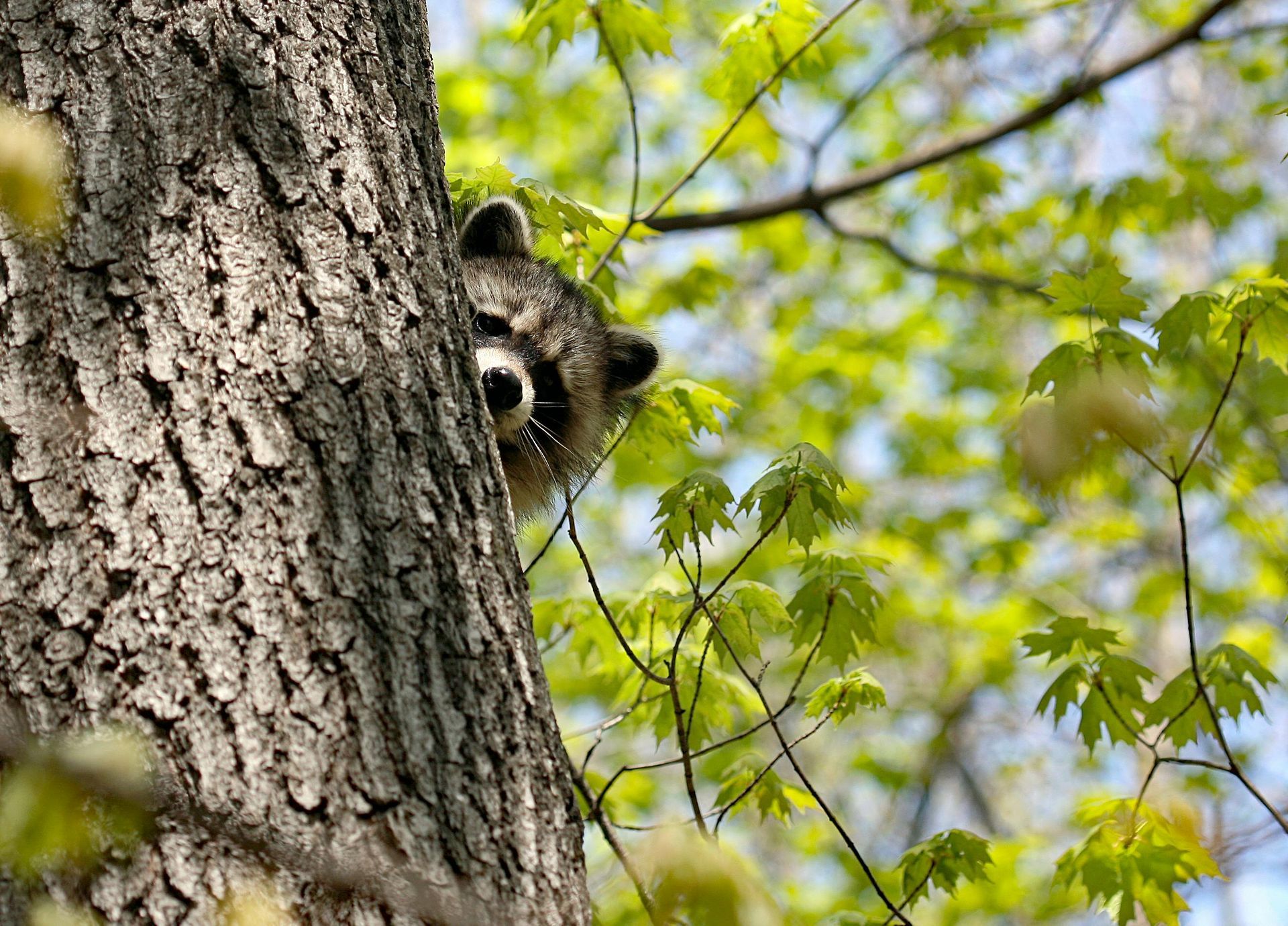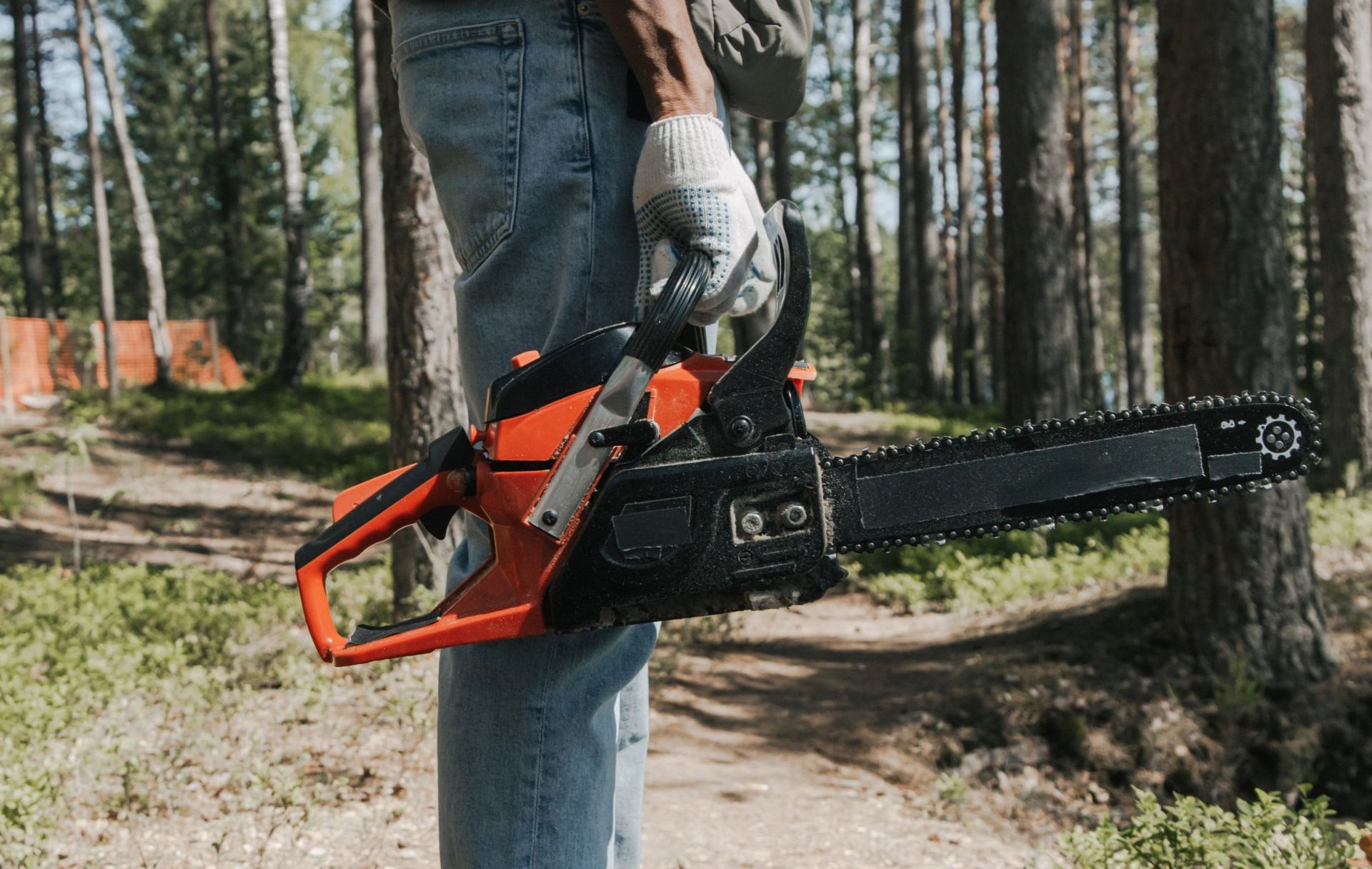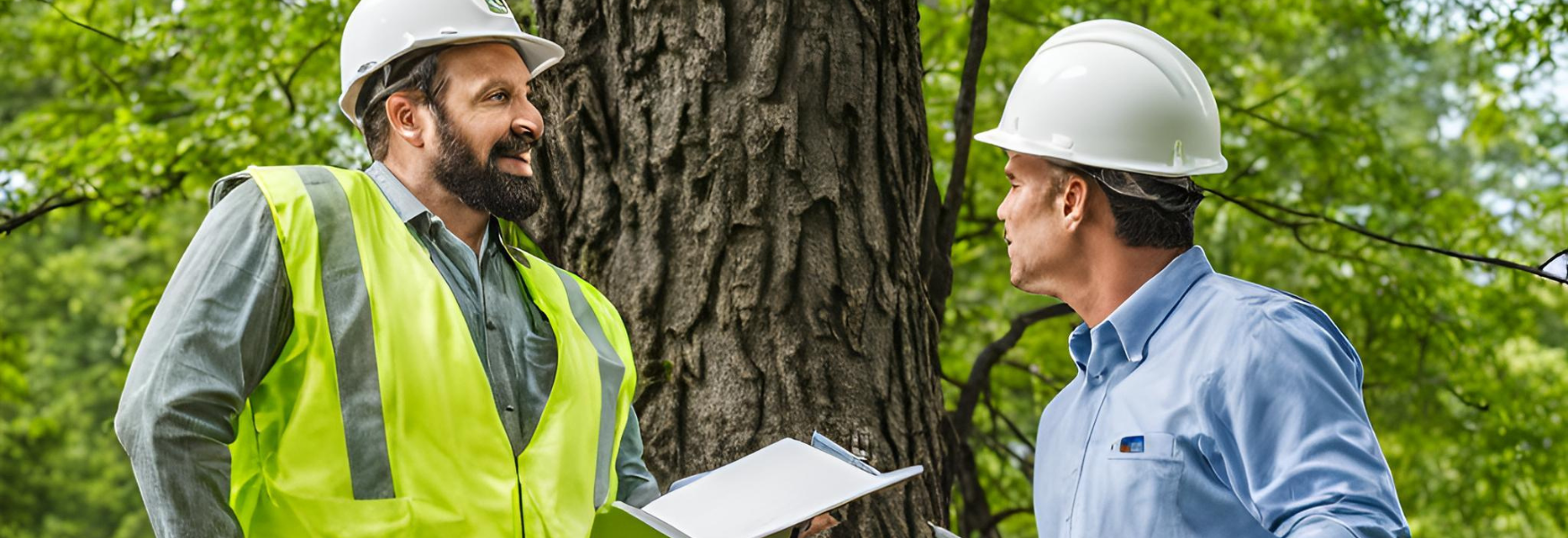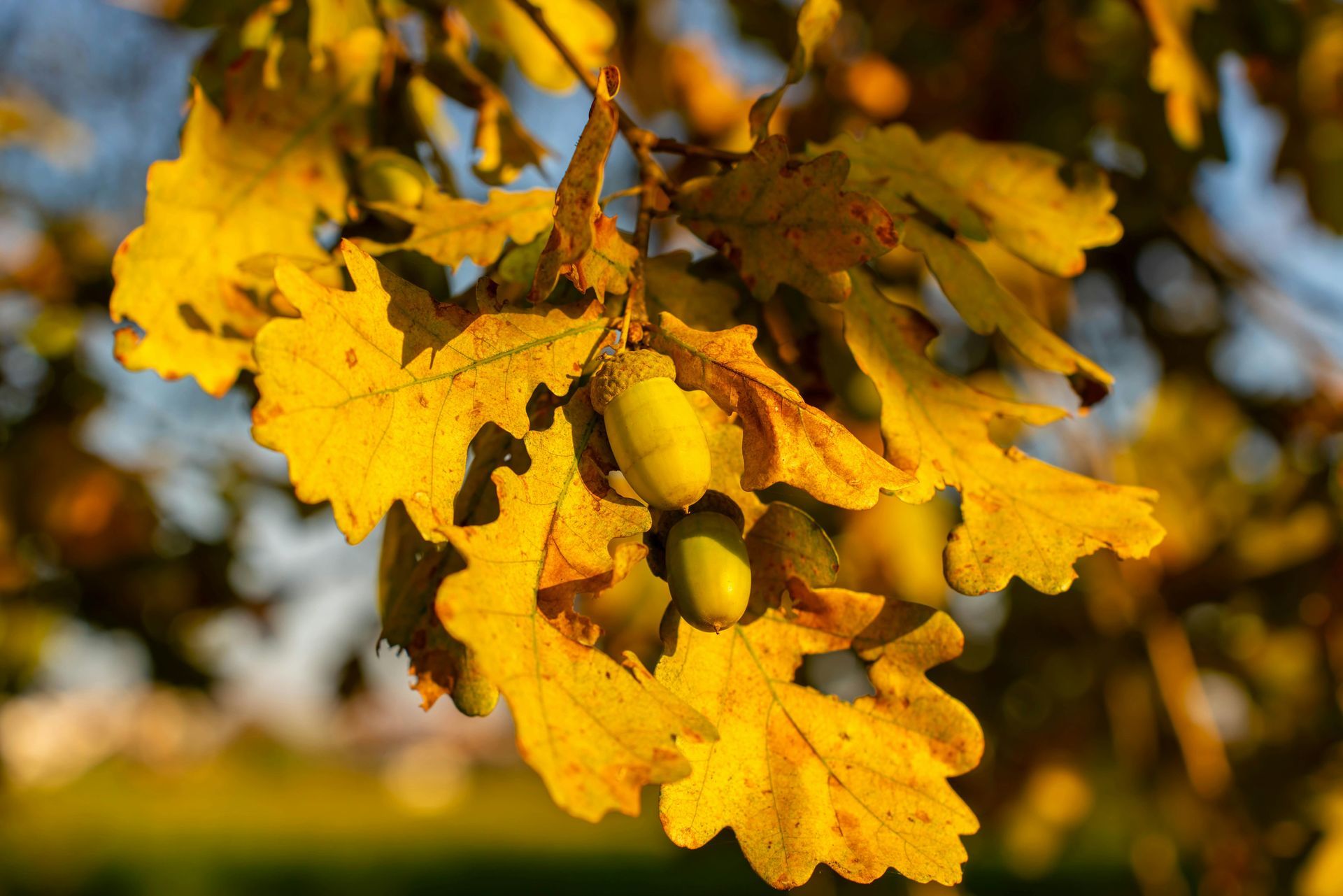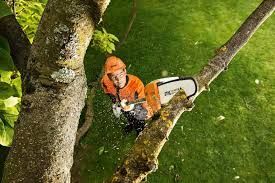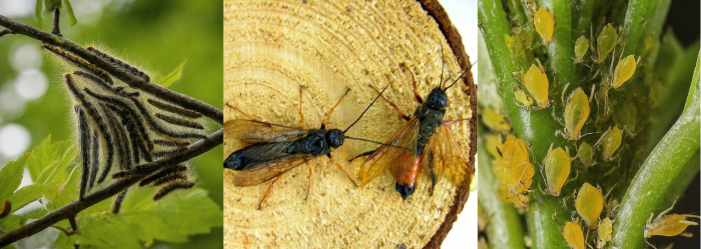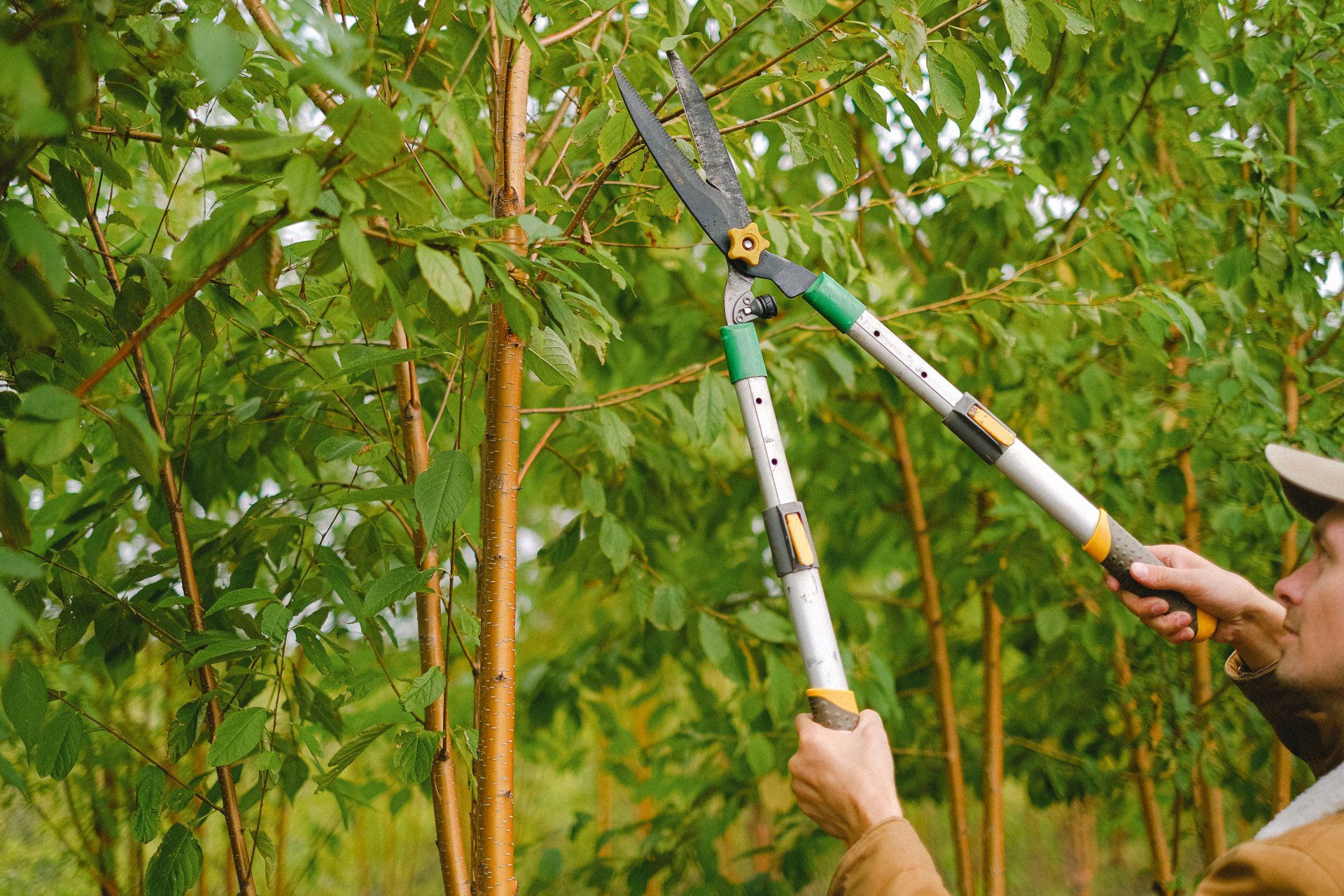Five-Point Action Plan for Safe Tree Cutting After a Storm
Joe LiPuma • March 27, 2024
Five-Point Action Plan for Safe Tree Cutting After a Storm:
- Assess the Situation: Before any cutting begins, thoroughly evaluate the condition of the trees. Look for visible signs of damage such as leaning, cracks, split branches, or uprooted roots. Determine the stability of the tree and identify any hazards such as nearby power lines, buildings, or other obstacles.
- Plan the Approach: Develop a strategic plan for safely removing the damaged trees. Consider factors such as the direction of fall, potential obstacles, and escape routes. Determine the appropriate tools and equipment needed for the job, including chainsaws, ropes, safety gear, and personal protective equipment (PPE).
- Implement Safety Measures: Prioritize safety throughout the cutting process. Ensure all personnel involved are properly trained and equipped with the necessary safety gear, including helmets, goggles, gloves, and steel-toed boots. Establish a clear communication system and designate a safety officer to oversee operations and monitor for potential hazards.
- Follow Proper Cutting Techniques: Utilize proper cutting techniques to safely fell and remove damaged trees. Begin by making a notch on the side of the tree facing the desired direction of fall, then make a back cut on the opposite side slightly above the notch. Use caution to avoid kickback, pinching, or other hazards associated with chainsaw operation. Consider the use of ropes and rigging techniques to control the direction of fall and prevent damage to surrounding property.
- Dispose of Debris Safely: Once the trees are safely removed, properly dispose of the debris to prevent further hazards. Cut branches into manageable sizes and stack them away from work areas to minimize tripping hazards. Consider recycling or mulching the debris when possible. If burning is necessary, obtain any required permits and follow local regulations to ensure safe and responsible disposal.
By following this five-point action plan, you can mitigate the risks associated with cutting down trees after a storm and ensure the safety of both personnel and property. Always prioritize safety and exercise caution when working with damaged or unstable trees.



